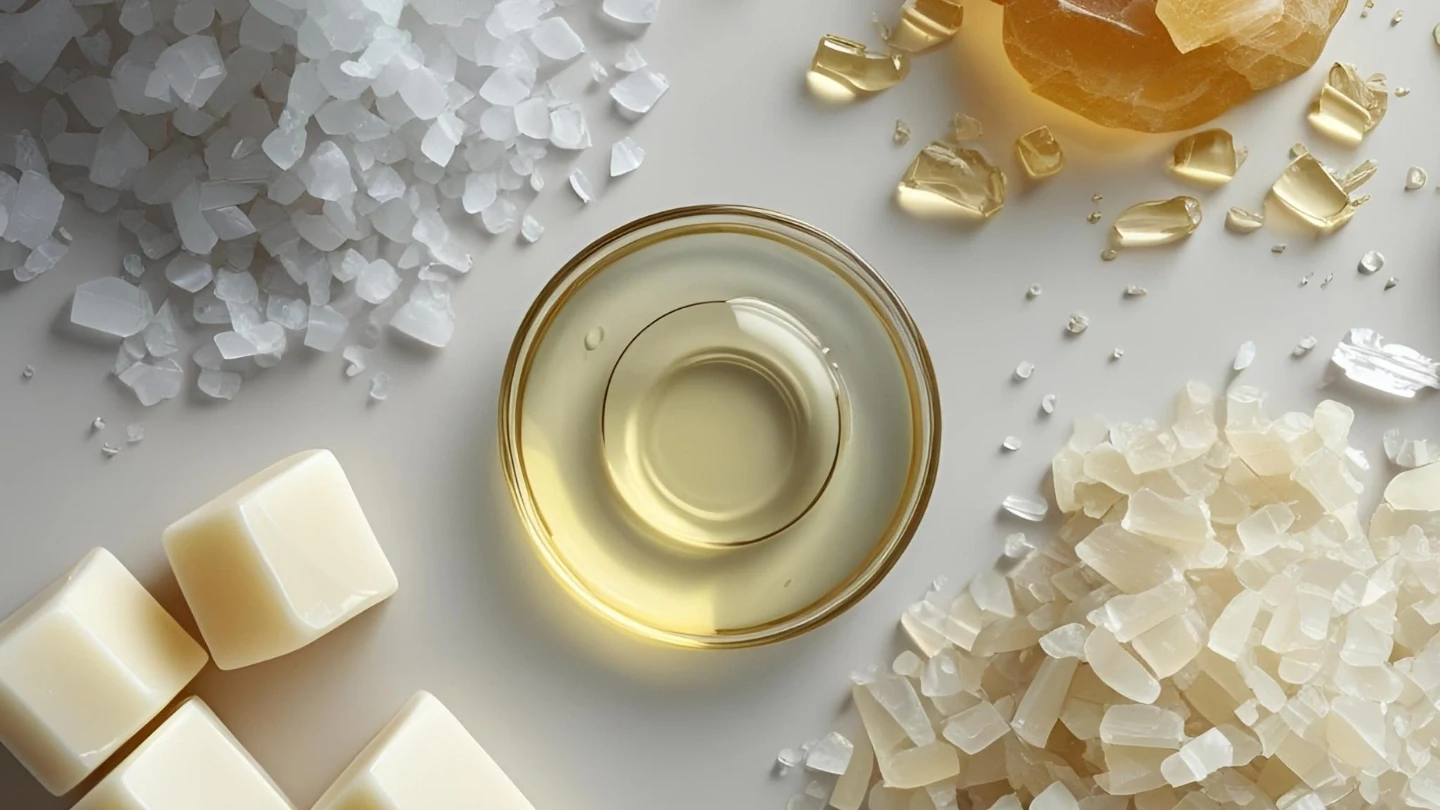Introduction to Paraffin Wax: Properties and History
What is Paraffin Wax?
**Paraffin Wax** is a hydrocarbon compound with 20 to 40 carbon atoms, belonging to the alkane family (CnH2n+2). Solid at room temperature, it melts above 37°C into liquid paraffin and boils above 370°C. Its odorless and tasteless nature makes it ideal for diverse uses, including **Paraffin Wax** candles and industrial applications.
History of Paraffin Wax
Discovered in 1830 by German chemist Carl von Reichenbach, **Paraffin Wax** revolutionized candle making. Unlike tallow fat, it burned cleanly, was cost-effective, and reliable. Early **Paraffin Wax** had a low melting point, but adding stearic acid improved its hardness, expanding its industrial applications in the 20th century.
Key Properties of Paraffin Wax
**Paraffin Wax** is chemically stable, with saturated bonds that resist reactions. It dissolves in solvents like benzene and ether, has low electrical conductivity, and serves as an excellent insulator for wires and plastics. Its high heat capacity allows **Paraffin Wax** to store significant heat, making it valuable in thermal applications.
Why Choose Imex Georgia for Paraffin Wax?
Imex Georgia offers premium **Paraffin Wax** sourced from trusted suppliers. Contact us via IMEXGEORGIA.COM to explore our **Paraffin Wax** offerings and request a quote for your needs.




